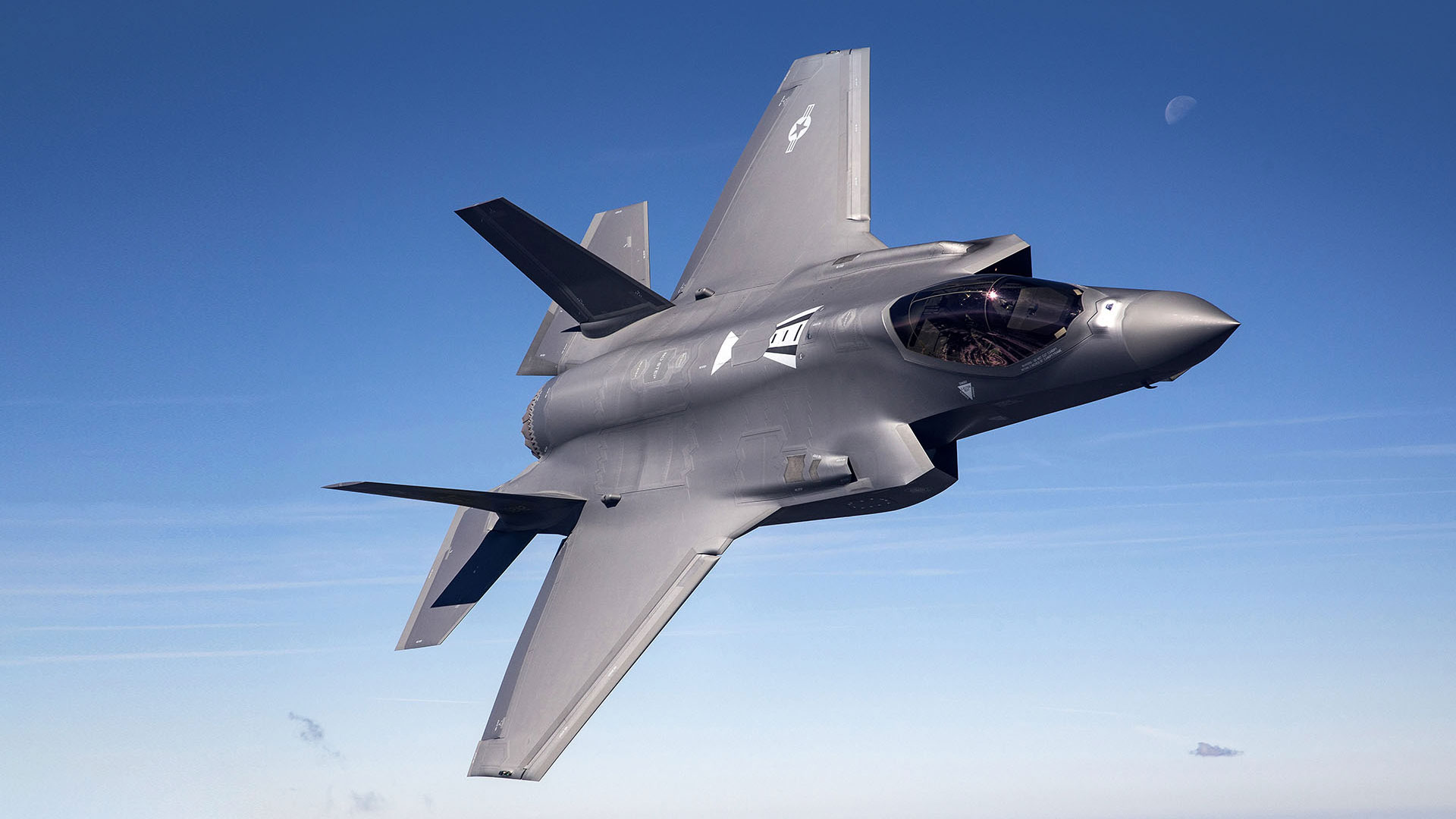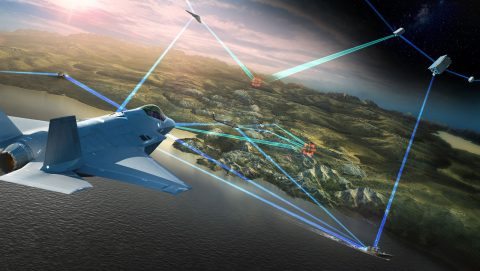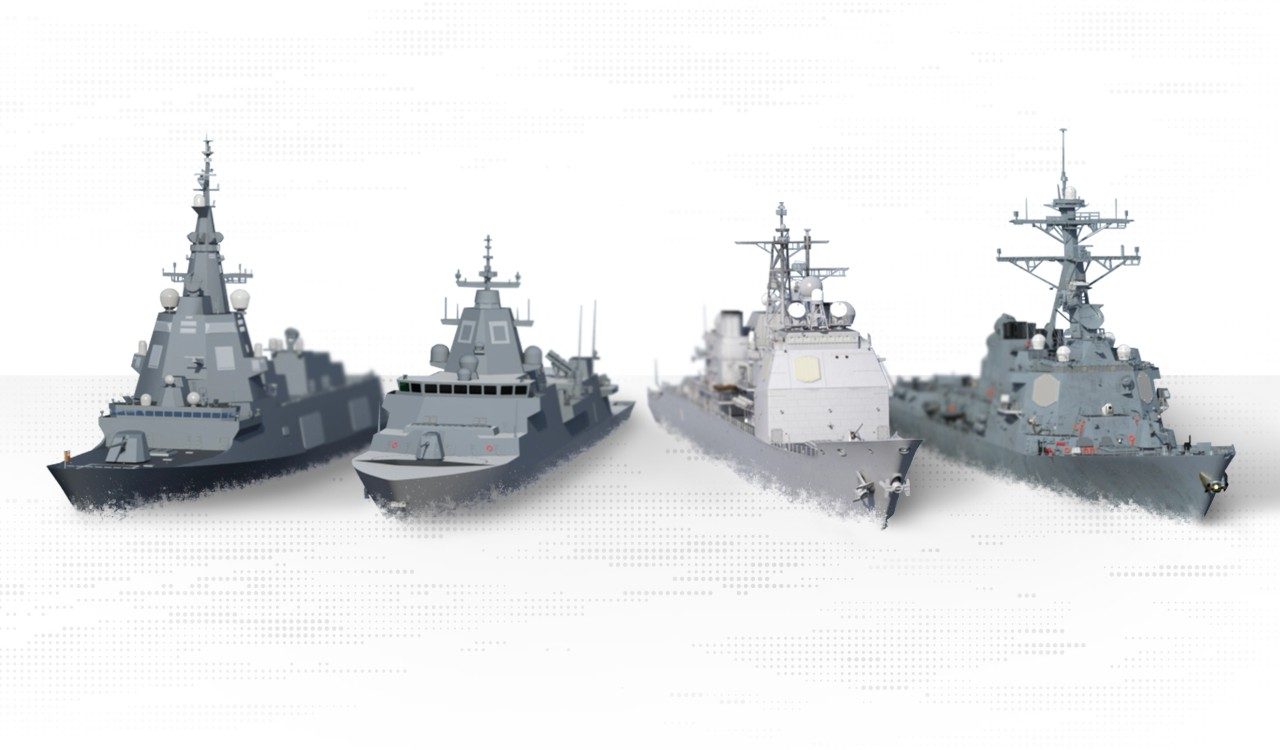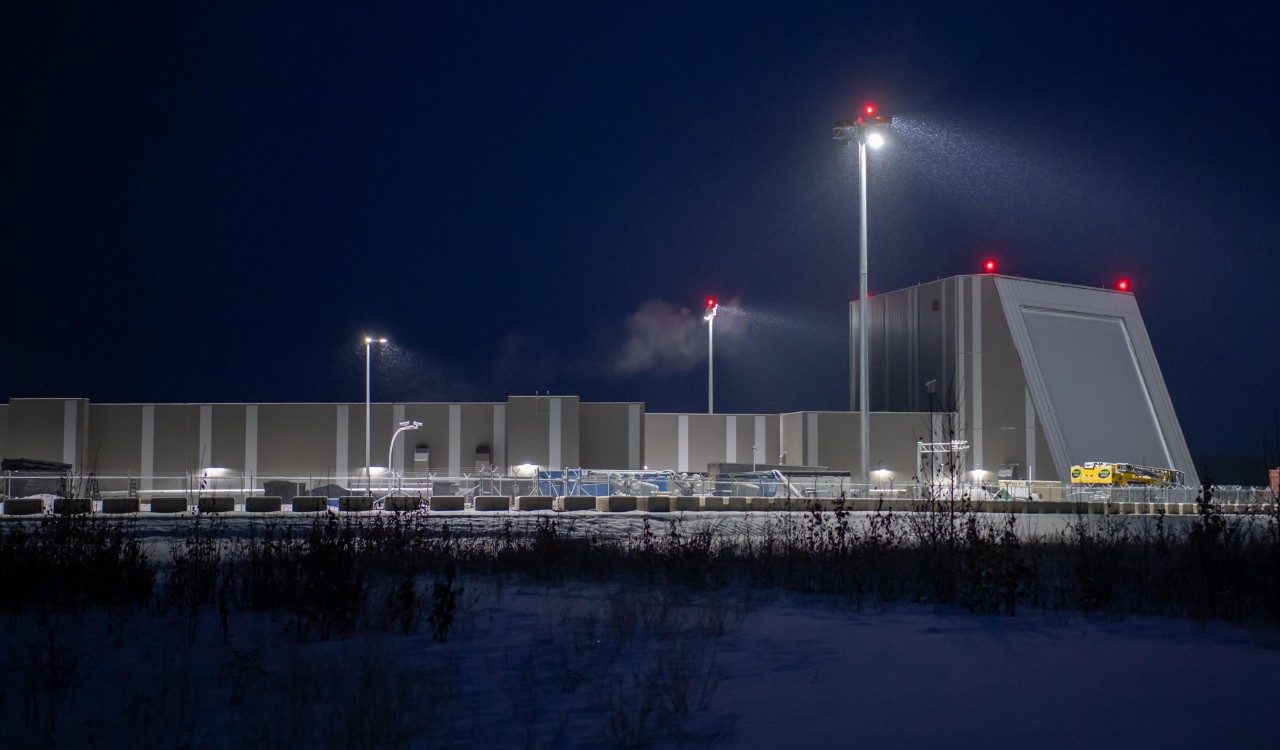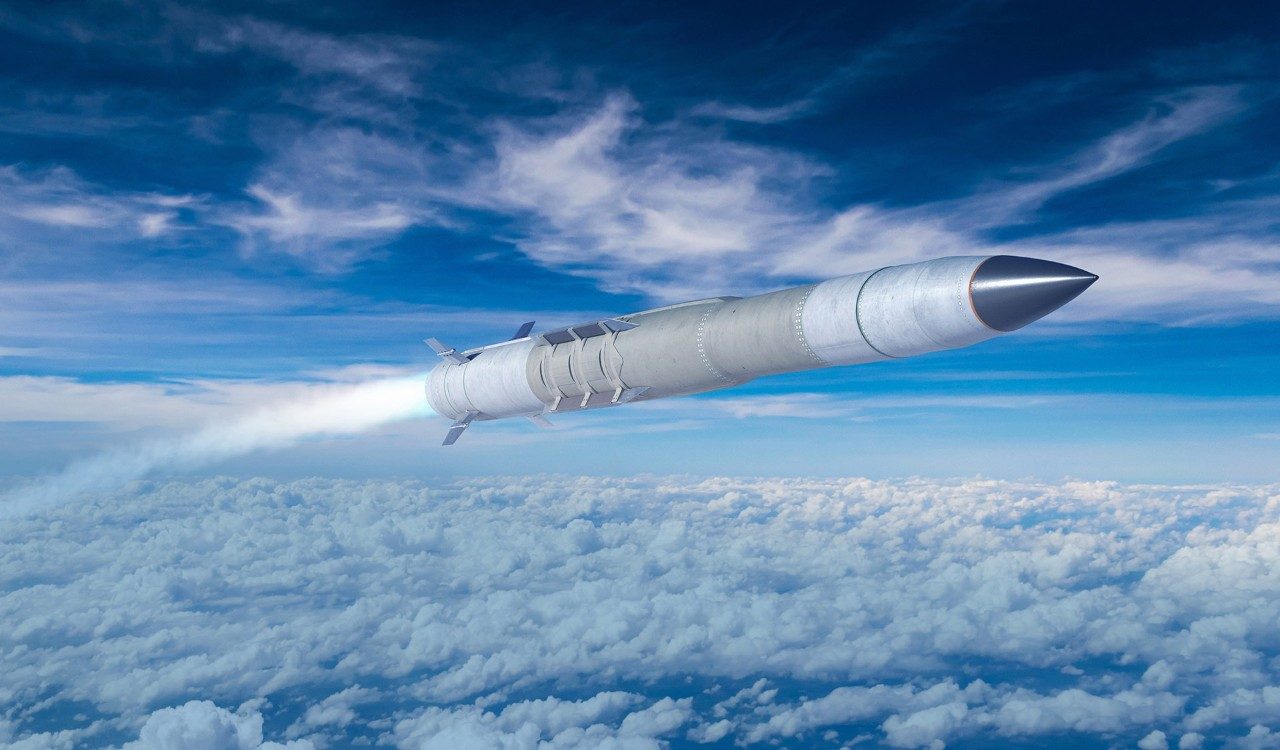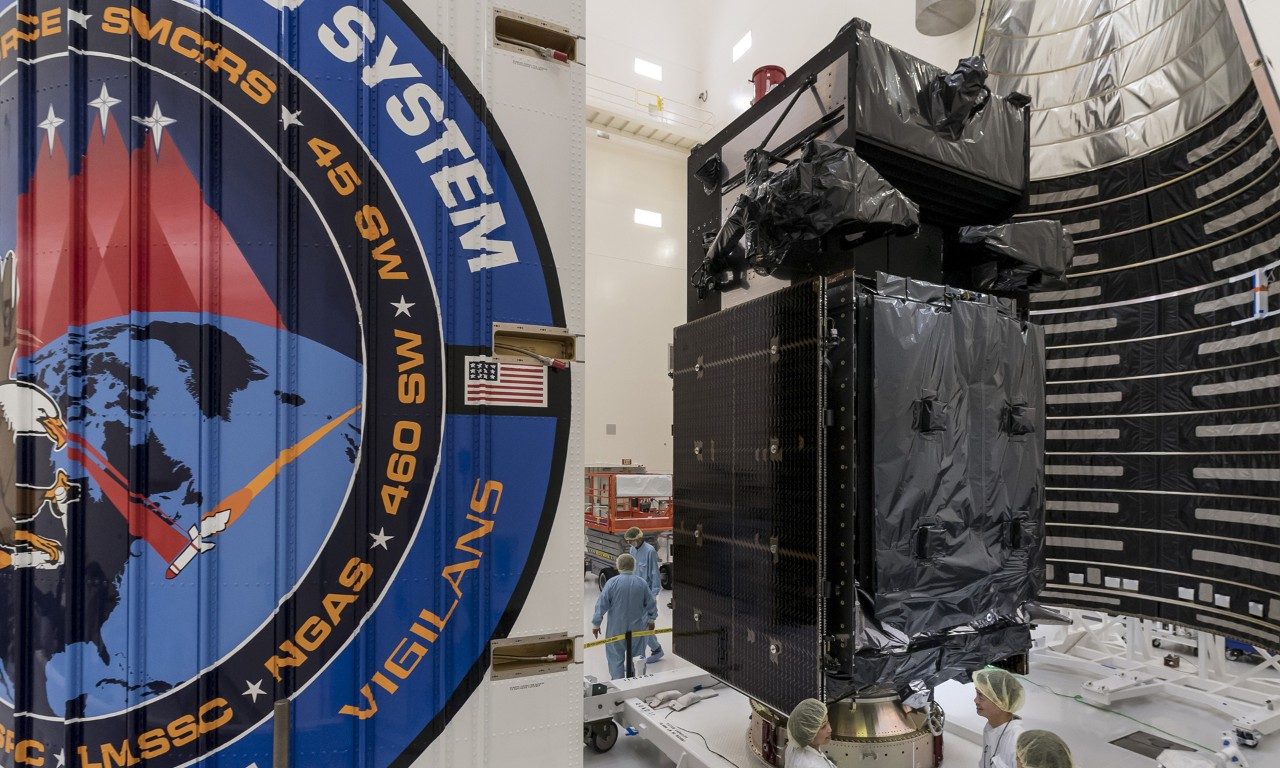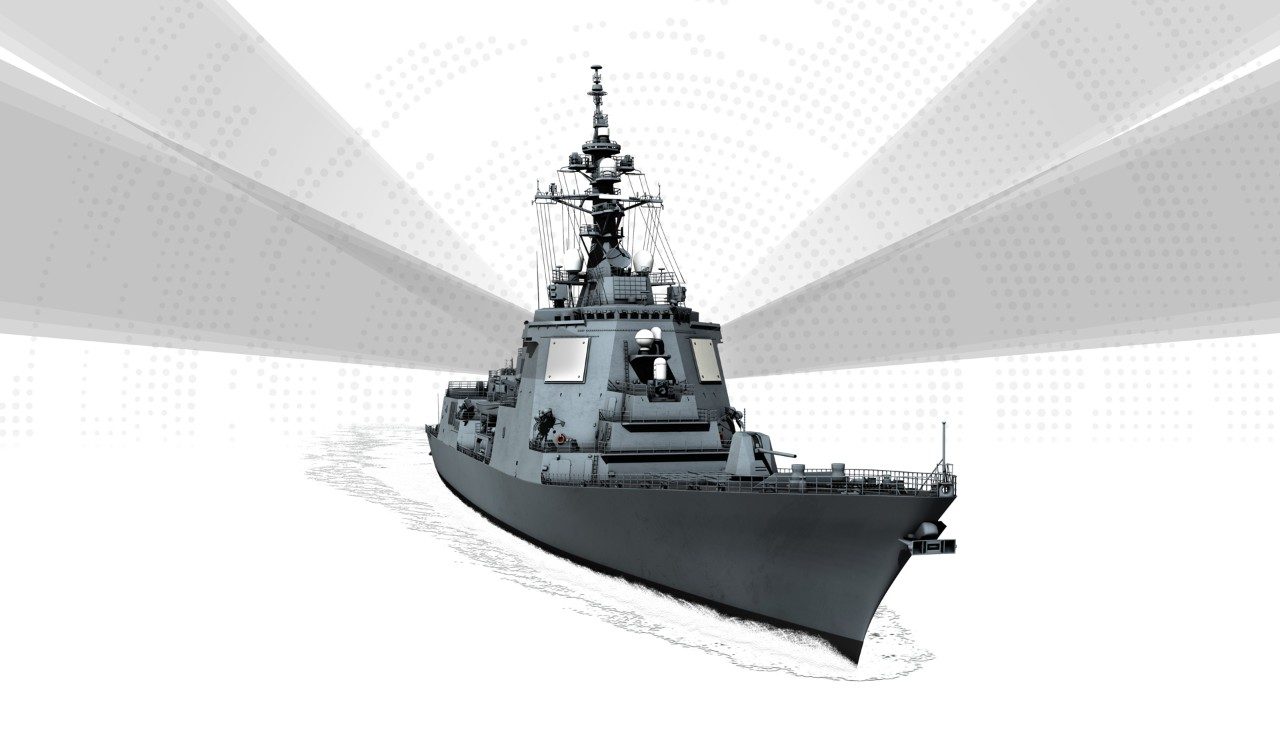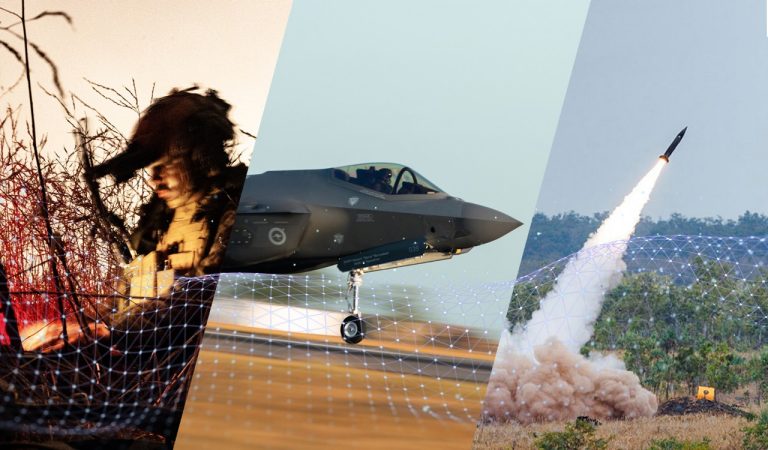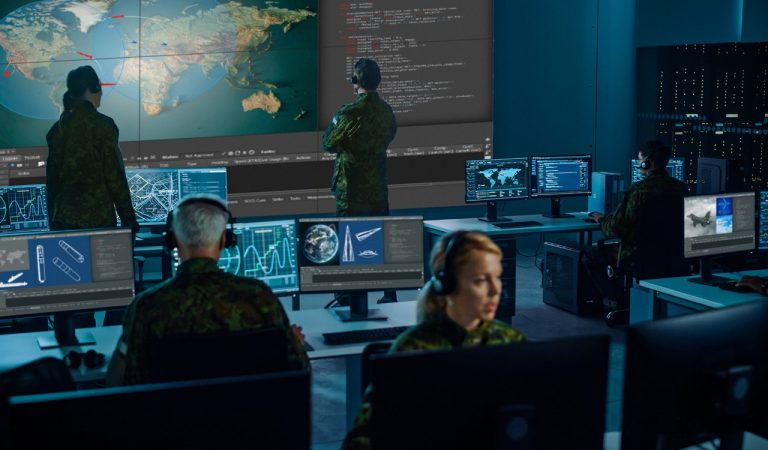Notional Representation
The Missile Defense Agency conducts multiple operational and developmental tests each year to test various aspects of the Missile Defense System (MDS). To provide multiple opportunities to destroy hostile missiles in all phases of flight, the MDS uses an integrated, "layered" architecture. The integrating element and foundation for that architecture is the Command, Control, Battle Management, and Communications system – C2BMC.
Lockheed Martin leads the national team developing and supporting C2BMC and C2BMC-Next.
C2BMC is one of the FIRST battle management systems to integrate across domains
This operationally-proven, layered missile defense system allows commanders to make synchronized decisions about threats at any range, in any phase of flight, from any location in the world.
Operating 24/7, 365 days a year across 18 time zones since 2004
Nodes in 30+ locations, 48,000+ miles of network communication lines
Integrates systems, sensors & shooters across domains to synchronize effects
Reliable global view of the battlespace to effectively plan, see and manage incoming threats


